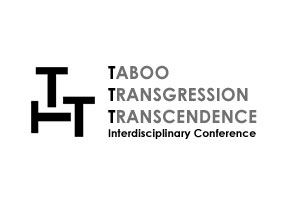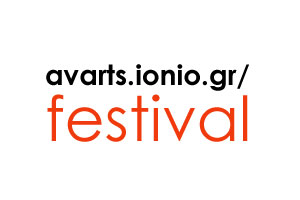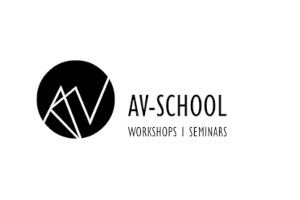Abstract:The sections of this research have been based on problem solving projects undertaken by graduate students of the School of Informatics, Aristotle University of Thessaloniki, Greece. Cultural Reconstructions have significantly benefited from the technological revolutions of the last few years and have fundamentally transformed the Virtual Reality augmentation with deep integration for the pedagogical negotiation. The first section, which is introductory, explains the motivation behind turning cultural data to visualized entities. The second section presents the research proposition: how a Cultural Informatics scenario reels out. The third section dips into Learning Objects that comprise the performance network, expanding the content of a website. The concluding fourth section associates learning architectures with AI Agent Modeling. Software packages are related to Content Management Systems and a first approach evaluation of animated agents is accomplished.
- Introduction
As communities move to cybercultures, the creation and on-going shaping of monuments or structures made to commemorate famous events and persons becomes a commodity of the Information and Communication Technologies (ICTs) (Jeong et al., 2021).
Therefore, apart from visiting in situ historical sites, usually preserved as public property, visitors are attracted by the cultural identity and the embodiment connected with the representation and the expression for the understandings of a community (Hall, 1995).
Hence the tourist will seek to read something relevant, to acquire photos or souvenirs, and if he or she is a scholar of some sort, to analyze the possibilities for the presentation and promotion of educational material. In any case, all seek to understand the importance of monumental architecture and its societal - educational repercussions (Fogarty & Kandler, 2020).
Multimedia technologies and the various forms they can have as video, sound, animated graphics, maps or interactive presentations shift the attention of communities to another level, more representative and albeit abstract, very detailed for information spread: that of Data Modeling and Data Visualization.
The tourist, the visitor, the scholar, then, he or she becomes a “user” (Naidu, 2003).
A user of data transformations that turn materials to identities in cybercultures, that bend histories to experiential stories, that recreate imagined functions as computer ontologies.
It seems, however, that this prominent recreational ability that permits or facilitates accomplishment of stimulating re-enactments has broader social, historical, political and economic adverse effects.
First, via the Internet, it has a far greater dissemination potential.
Secondly, if it is not adequately documented, it suits more to formations providing amusement or enjoyment than instruction; therefore, apart from detraditionalization it may bolster degradation by dis-embedding remarks and critiques.
Thirdly, a self-identity in the web is not guaranteed by merely presenting some photos or trivial information; high level self-identities usually need reflexive presentations, narrativization and some degrees of user interactivity (Lazarinis, 2016).
This research provides information about multimedia tools used in ICT platforms in conjunction with Content Management Systems for the implementation of a cultural cyber-story telling having as epicenter the city of Thessaloniki.
The higher quality the Virtual Reality (VR) construction realizes, the better shift for the attention of new communities is observed; on the contrary, the less “identity work” provided, the fewer explorations of embodiment are disseminated.
- The Research Proposition
This research aims primarily to present a virtual reality showcase of monuments, through the development of websites implementing a cultural cognitive walkthrough (Hughes-Blackmon et al., 2002). It establishes, therefore, a “line”, or a “scenario” that commences from notable landmarks, e.g., the White Tower, and passes through the most significant cultural monuments of Thessaloniki.
There has been traced, apart from the notional route, with its recent ups and downs, a technological upheaval as well, coming out from the attempt to utilize the most lucrative capabilities that are offered by the constantly developing technologies for the creation of immersive and interactive websites (Fig. 1).
Fig. 1. The starting point for the virtual touring of Thessaloniki’s cultural heritage.
Users will be provided with the capability of digital navigation, through photographs, videos, audio tracks and simulations to the places of interest (Protopsaltis et al., 2020). As a result, the dispersed historical, geographical, archaeological, social, economic and cultural information, for starters, will be concentrated digitally in a “nutshell”, and digital maps will also be provided, making users’ experience more interactive and with more in depth-understanding as far as intelligent positioning in time and space is concerned (Bautista et al., 2006).
Therefore, critical nodes in geography and history become connection points for information processing via a series of affiliated sites (Fig. 2).
Fig. 2. The beginning of a pathway: Thessaloniki between the years 1912-1919.
Dionysios Politis is an Assistant Professor of the Software and Interactive Technologies Lab (SWITCH) at the School of Informatics, Aristotle University of Thessaloniki (AUTh), Greece.
He has earned his BS in Physics (1987) and MSc in Radio Engineering and Electronics from the same University in 1990.
He has received a Grad. diploma in Computing Studies from RMIT, Australia, in 1991, while he has completed his PhD in 1998 at the Aristotle University of Thessaloniki.
His research interests focus on Computer Music, Interactive Devices and Interfaces, Multimedia Reconstructions and Visualizations.
Back





